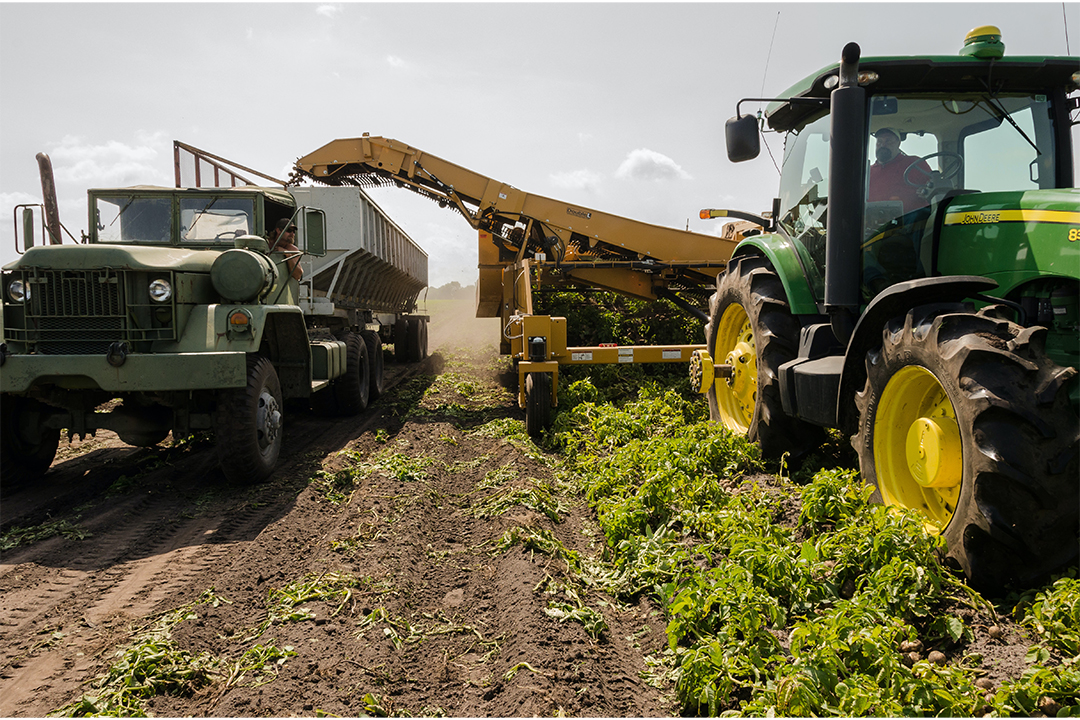

As with the miners, agricultural enterprises are driven by the whims of global commodity prices and the vagaries of the weather. In a perennial cycle, euphoric peaks are followed by soul-destroying lows.
While steady earnings can never be guaranteed, performance is more assured if the producer can rise above the commodity cycle with a competitive advantage such as scale, branding and the use of technology.
New ASX entrant Cobram Estate Olives (CBO) can claim such advantages with its clear leadership in the $387 million local market, via its Cobram Estate and Red Island brands.
The 20-year old Cobram Estate is one of the world’s biggest vertically integrated olive oil businesses, with its operations in sun-kissed northern Victoria accounting for 70% of olives grown across our wide brown land.
It’s also fortunate that olives – the world’s oldest known crop – thrive in dry conditions.
In a marketing sense, it’s even better that they’re seen as one of nature’s greatest superfoods, with myriad health benefits.
Originally known as Boundary Bend Estate, Cobram Estate was founded in 1999 with “about 15 cents of capital”, as co-founder and chairman Rob McGavin puts it.
The first trees were planted on Boundary Bend Estate in 1999, but along the way, the company “ruthlessly” pulled thousands of trees that didn’t make the grade.
Today Cobram Estate covers 8,500 hectares of land – 6584 ha planted with 2.4 million olive trees. The company also has a beachhead in California, where it has 149,000 trees across 305 hectares.
The company is also vertically integrated, spanning nursery operations, harvesting, processing, bottling, research and development and marketing.
Cobram Estate is the country’s number one selling extra virgin brand, with a 36% market share while Red Island accounts for 12% of sales.
Unusually, Cobram Estate is a rare agricultural enterprise – or any entity for that matter – with a meaningful presence in a large global market.
That’s partly because the global market is highly fragmented, with an ownership structure that has changed little since Biblical times.
Spain, the world’s biggest producer, accounts for about half of the 3.1 million tonnes produced (3.4 billion litres). Italy, the second-biggest producer, has 1.1 million hectares under cultivation – and 1.1m individual producers.
While most crops are annual, olives are a biennial proposition which makes for some interesting accounting for Cobram Estate. “What they don’t give you in one year they give you in spades in the second year and the reverse is true,” McGavin says.
However, the key thing is that cash flow is smoothed by the fact that consumers buy the product all year round.
One wildcard for the company is the availability of water. Currently, this isn’t an issue with plenty of the stuff tumbling from the sky, but in dry years the value of rights can soar.
Unlike many water-dependent producers, Cobram Estate buys all of its water on the temporary market, as and when it needs the stuff. After all, permanent rights are only as useful as the annual allocation attached to them and in dry years the bucket will be far from full.
Olives use about half the water as almond crops, which are also grown prolifically in the region (see below). Unlike almond trees, olive trees are likely to survive if you don’t water them for a year or so.
Cobram Estate deploys a proprietary growing system, Oliv.iq, which has resulted in its per-hectare yields being a whopping nine times higher than the industry average. Water usage is also 37% lower.
Meanwhile, Cobram Estate’s fledgling US business has chalked up steady sales in the US – the world’s biggest olive oil consumer - since founding the Californian orchards in 2014. But the company needs to grow more trees there to support these efforts.
“It [US penetration] takes time, it’s not a get-rich-quick scheme and there are a lot of obstacles,” McGavin says.
Olives are a high-margin crop, accounting for 2% of fats and oils by volume, but 10% by value.
As a result, the shysters have been tempted and there’s a lot of mislabelling and other shenanigans, such as producers trying to pass off the inferior stuff as extra virgin quality.
But in terms of consumer trust, this might benefit Cobram Estate, which claims to be in the top 5% of quality producers.
“Olive oil is one of the most adulterated foods on earth but consumers are waking up to it,” he says.
The company generated earnings before interest tax depreciation and amortisation (EBITDA) of $70.3 million in the 12 months to June 2021, with a net profit of $32.6 million.
Given the biennial nature of olive production, management suggests the better measure is normalised EBITDA of $33 million for the 2019-20 and 2020-21 years, compared with $19 million previously.
In a ‘big crop’ year, the 2021 harvest was expected to be just over 16 million litres.
Management estimates that establishing the same operation now would cost $500 million, given the time value of growing the trees.
At last glance, the company bore a market valuation of $770 million, or around $660 million taking net debt into account.
This suggests that the market has got nit about tight – for once.
Select Harvests (SHV)
Unlike Cobram Estate, the almond grower’s fortunes are heavily influenced by the volume of nuts grown elsewhere as well as local crop conditions and water availability.
But as they say, you make your own luck and things are running as sweet as a nut for the country’s biggest almond producer, as reflected in a 30%+ share price spurt over the last year.
Select always has a careful eye on California, which accounts for about 80% of global supply but the key growing areas have been badly affected by drought.
The relevant US agency forecasts a 1.27 million tonne harvest for the 2020-21, down 10% on the previous record season. But the drought has intensified since this pronouncement.
Select Harvests forecasts a local crop of 28,250 tonnes across its 9262 growing acres, with a received price of $7.25-7.75 a kg.
This compares to the 2020 harvest of 23,250mt, sold for an average of $7.50/kg.
Is the best yet to come with pricing?
In the last California drought in 2014, dam levels were at similar levels (only 27%) full and almond prices soared to $US8.80 a kilogram, the equivalent of $11.70/kg in today’s Aussie dollar terms.
In the meantime, demand is rebounding from subdued pandemic levels with Australian and US exports up 8% YoY and 27% YoY respectively in the month of July.